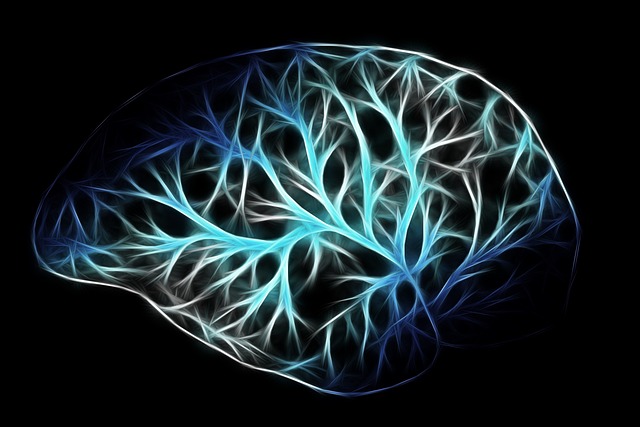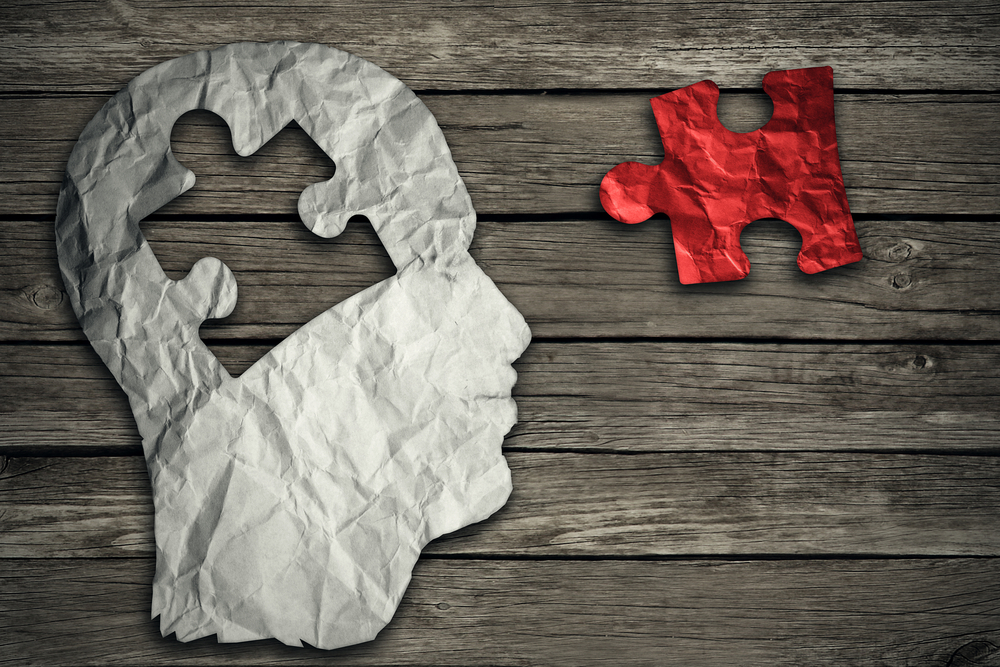Introduction
If you’ve ever studied for a test, sat an exam or taken a qualification, you’ll know that repetition is how we learn new information. It’s literally the definition of the word ‘revision’!
But have you ever considered why this is the case? Why doesn’t the brain record most information the first time round? And why is it that some bits of information get remembered straight away, while others don’t go in, even after a dozen revision sessions?
The answer to this lies in our brain’s anatomy. Understanding the neurological processes that are occurring when we commit a new piece of information to memory is super valuable if you want to approach learning in a smart and effective way.
The brain is complex – incredibly complex. So complex, in fact, that even neuroscientists will tell you that there is still far more that we don’t know than that we do know. However, there is some consensus about the basic structures involved in learning.
How Memory Works
There are three main parts of the brain that are involved in the kind of learning that most people are interested in, which is called explicit learning. Explicit learning means learning facts and abstract concepts, as well as remembering personal events. Implicit learning means unconscious learning – we’ll leave that discussion for another day.
The three main brain structures involved in explicit learning are the hippocampus, the neocortex and the amygdala. All long and scary-sounding words – but don’t worry, it’s not that important to remember them.
Put simply, the hippocampus transforms messages from other parts of the brain into memories, by recognising repeated neural pathways. This means it sees the same neural areas activating repeatedly over time. The hippocampus makes a temporary record of the pathway, and if it sees that same pathway activating again and again, it will encode it into the neocortex, which is where long-term memories are held.
The hippocampus also serves as storage for short-term memories. Remember – it stores temporary records of neural pathways, but only encodes those for long-term storage if it sees that pathway repeated over time.
The final piece of this puzzle is the amygdala. The amygdala is responsible for processing many of your emotions. It also happens to be situated right next to the hippocampus. The amygdala is able to flag the neural pathways that it associates most strongly with a powerful emotional experience.
This has an ancient evolutionary purpose. We need to remember things that caused our amygdala to activate – it’s clearly useful for a caveman to remember a saber-toothed tiger, even if he only saw it once!
When a neural pathway has been flagged by the amygdala, it will be fast-streamed into your long-term memory. This is why you probably don’t remember any given day from your childhood, but you almost certainly remember your first day at school. The excitement and nerves that your amygdala created on that day meant that those neural pathways were quickly encoded into your long-term memory.
So – a quick recap. The hippocampus is responsible for identifying neural pathways and storing a temporary record of them. If it spots the same pathways appearing again and again it will encode them as long-term memories in the neocortex. This process will be greatly sped up if this neural pathway had strong emotional associations that stimulated the amygdala.
Applying Neuroscience to Your Learning
How should this knowledge influence the way we learn? There are two main takeaways we should look at.
1. Spaced Repetition
The first is the obvious one – the hippocampus encodes memories as long-term only if it sees the same neural pathway repeatedly activated. This means you’re unlikely to learn anything permanently unless you take the material in on several occasions.
The optimal way to do this is through ‘spaced repetition’. This is the process of backing up your learning with reminder sessions at regular intervals. If you’re disciplined in doing this, you should be able to encode what you’re trying to remember into your long-term memory.
This has been a hot area of research for learning scientists in recent years. Countless studies have come through, and there is now a wide consensus that spaced repetition is objectively the most effective way to memorise new information.
The trouble with spaced repetition in and of itself is that the content might be pretty boring to you. This is where our second takeaway comes in.
2. Using Your Amygdala
The hippocampus, as we discussed, will form pathways much more quickly and effectively if they are associated with strong activity in the amygdala.
Remember, the amygdala processes intense emotions. So – if you can incorporate some element of emotional activity in your learning process, you’ll be encouraging your brain to encode that long-term memory more quickly.
‘Intense emotion’ might sound a bit much. Don’t worry – using your amygdala doesn’t require anything too crazy! One easy way to increase your chances of remembering new things is by learning through stories. Stories are often emotionally involving and therefore stimulate your amygdala, encouraging the memory to develop more quickly.
The same goes for adding elements of gamification to your learning. Whether this is through competing with your peers, or playing online learning games, this is likely to create some excitement in your brain – which, as we’ve seen, will get that memory ingrained more effectively.
.png)




